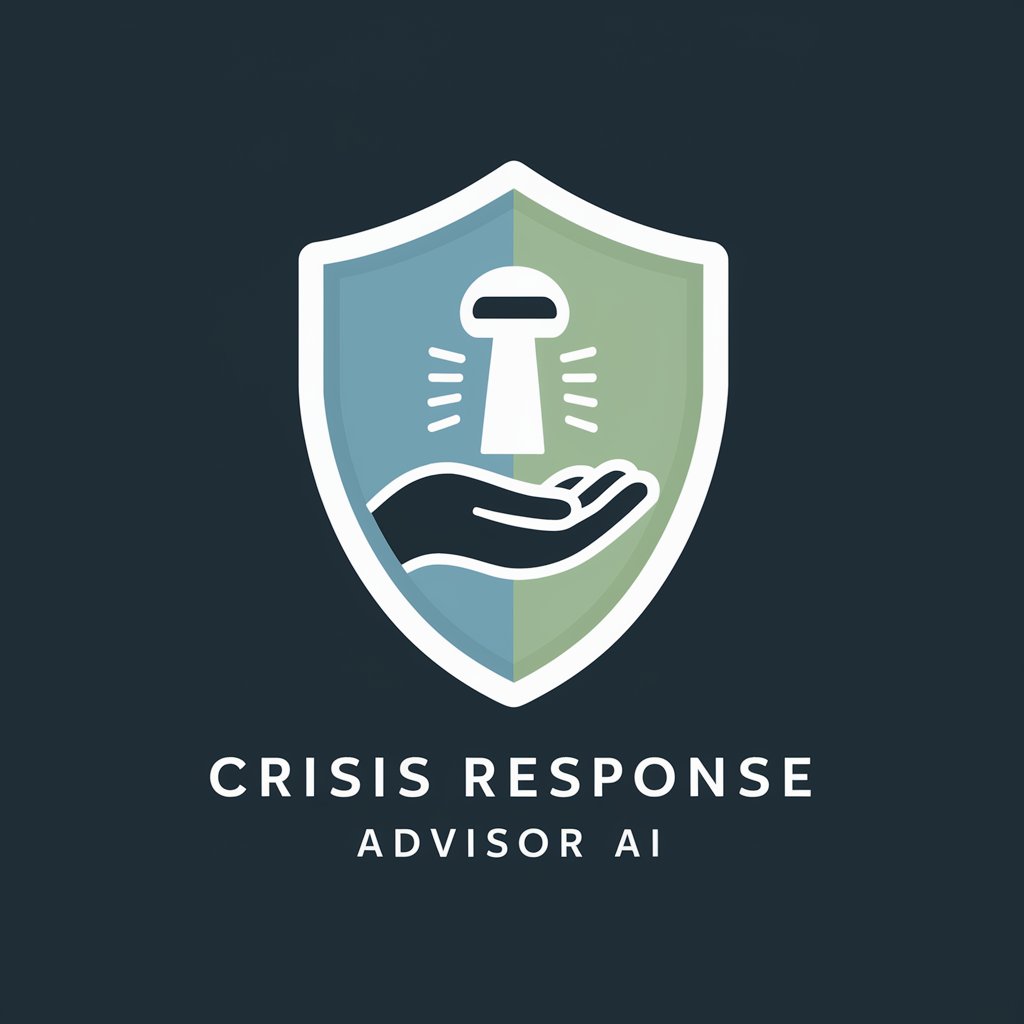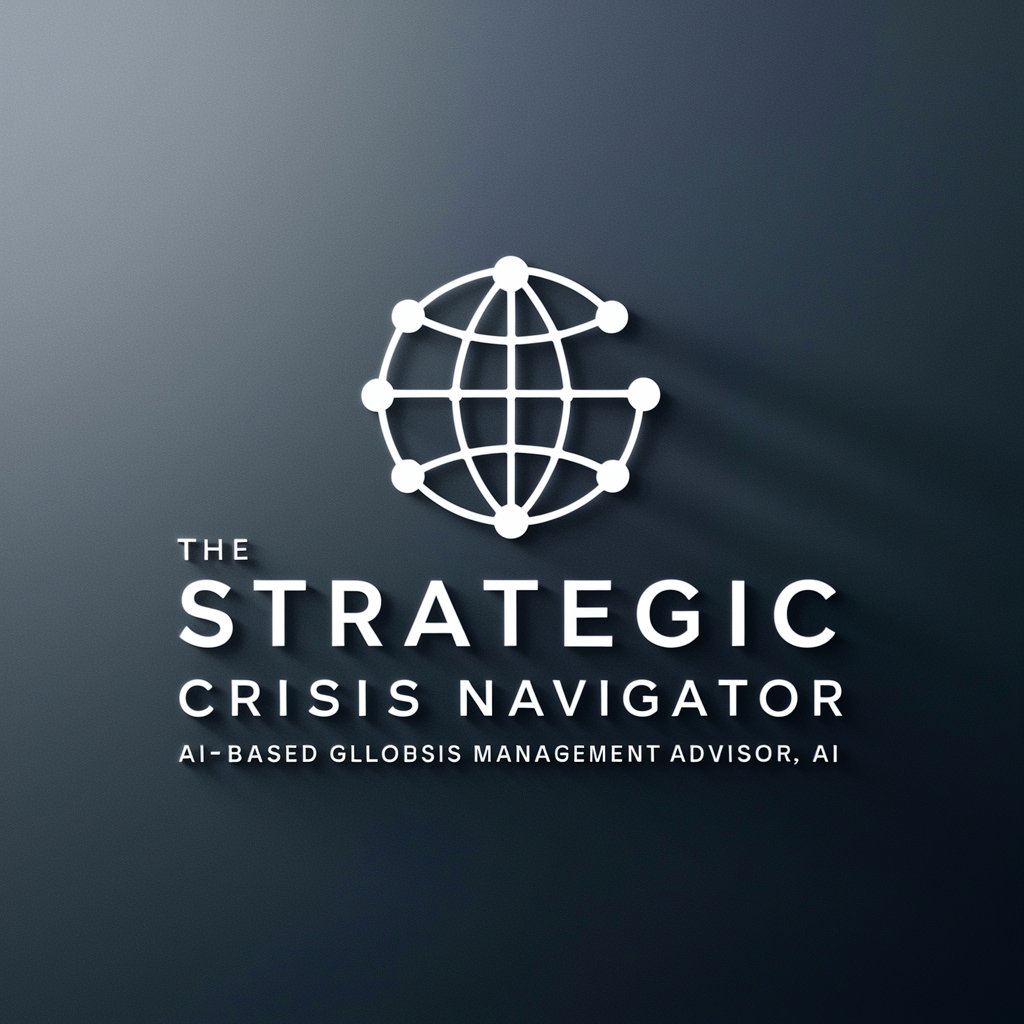
Crisis Navigator - AI Disaster Response Tool
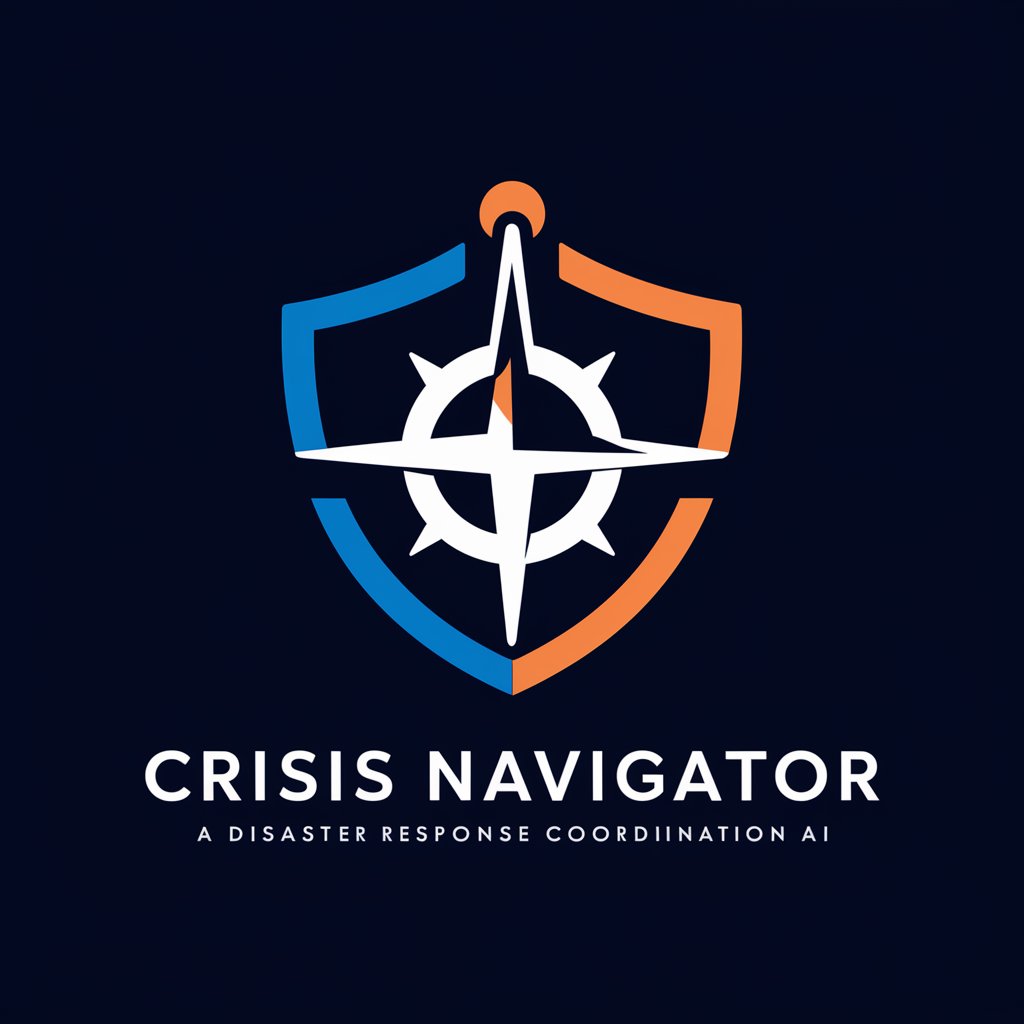
Hello, I'm Crisis Navigator, here to assist with disaster response coordination.
Empowering Disaster Response with AI
Provide an update on the current status of the disaster in [location].
What are the key resources needed for relief efforts in [location]?
Summarize the latest information from local authorities regarding [disaster type] in [location].
How can relief agencies best coordinate their efforts in response to the situation in [location]?
Get Embed Code
Overview of Crisis Navigator
Crisis Navigator is designed to provide concise, actionable advice for coordinating disaster response efforts. It synthesizes real-time data from multiple sources to deliver timely updates on affected areas, optimal resource allocation, and effective communication strategies among relief agencies. The primary aim is to enhance the efficiency and effectiveness of disaster management by offering strategic guidance and critical information. For instance, during a hurricane, Crisis Navigator could analyze meteorological data and emergency reports to advise on evacuation routes, shelter locations, and resource distribution points. Powered by ChatGPT-4o。

Core Functions of Crisis Navigator
Real-Time Updates
Example
In the event of a wildfire, Crisis Navigator can provide continuous updates on fire spread, air quality, and road closures.
Scenario
These updates help local authorities adjust evacuation orders and public warnings promptly, ensuring safety and minimizing panic.
Resource Allocation
Example
Following an earthquake, it can analyze damage reports and resource inventories to recommend where to dispatch medical teams and relief supplies.
Scenario
This function supports efficient use of available resources, prioritizing areas with the highest urgency and need, thereby facilitating faster recovery.
Communication Coordination
Example
During a flooding event, it assists in coordinating communication between different emergency management agencies.
Scenario
It helps establish a unified command, ensuring that all parties are informed and aligned in their response strategies, which enhances the overall operational response.
Target User Groups of Crisis Navigator
Emergency Response Coordinators
These professionals manage disaster response activities and decision-making processes. They benefit from Crisis Navigator by receiving streamlined and integrated information that enhances their situational awareness and decision-making capabilities.
Governmental Emergency Management Agencies
These agencies are responsible for planning, mitigating, and recovering from disasters. Using Crisis Navigator allows them to obtain a centralized and updated view of the crisis, facilitating more informed and quicker decision-making.
Non-Governmental Organizations (NGOs) involved in Disaster Relief
NGOs often operate in challenging environments with limited resources. Crisis Navigator provides them with essential data and strategy support to maximize their impact on the ground efficiently.

How to Use Crisis Navigator
Start with a Free Trial
Access yeschat.ai to begin using Crisis Navigator for free without the need for a login or a subscription to ChatGPT Plus.
Identify Your Needs
Determine the specific disaster management needs or scenarios where you require assistance—whether it’s for planning, real-time tracking, or post-event analysis.
Navigate the Interface
Explore the user interface to familiarize yourself with the tool’s features such as real-time data feeds, communication coordination, and resource management.
Utilize the Features
Make full use of the provided features, including data analytics for assessing disaster impacts and planning tools for optimizing resource allocation.
Seek Help if Needed
Utilize the support resources available on the platform for any technical difficulties or questions about using the tool effectively in various scenarios.
Try other advanced and practical GPTs
Crisis Navigator.
Navigating Crises with AI-Powered Strategy
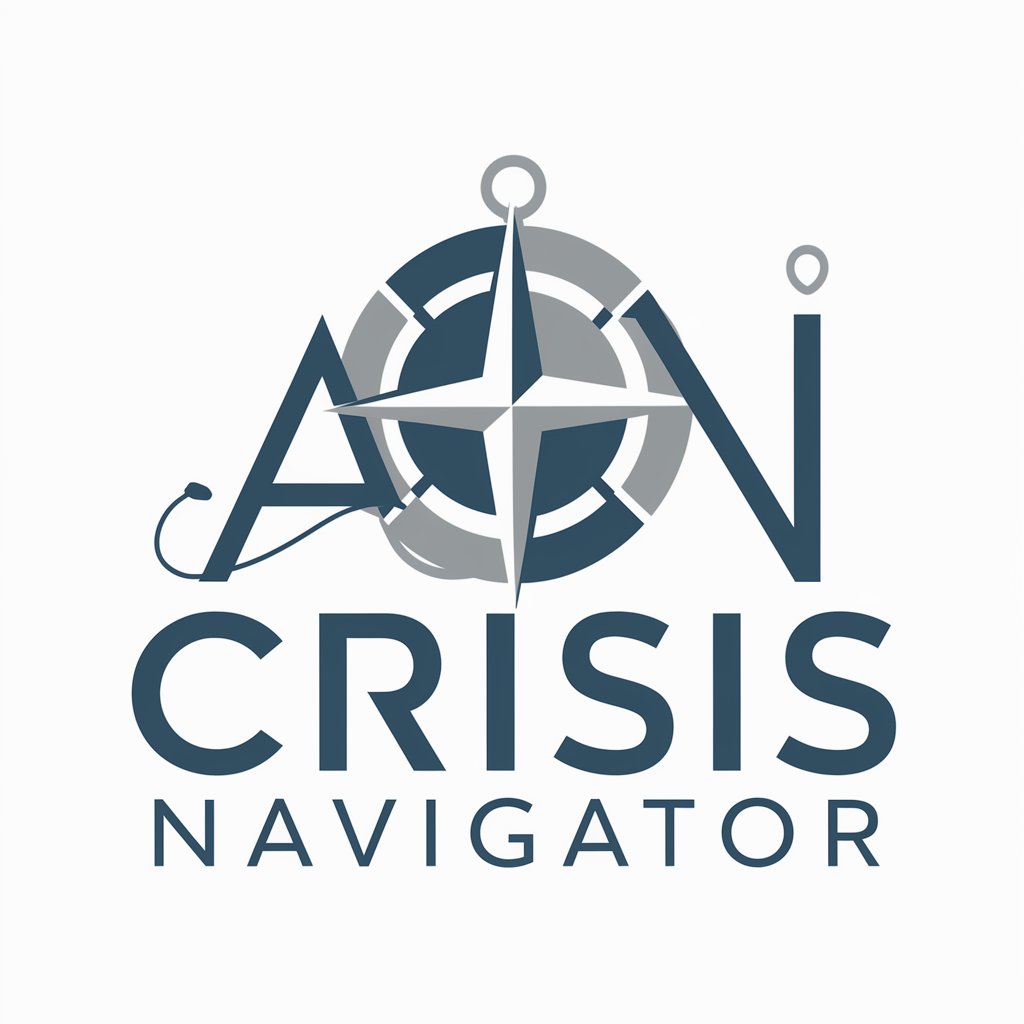
One Piece Character Guessmaster
Guess One Piece characters with AI.

Piece of Cake
AI-powered dietary companion for health-conscious individuals

One Piece Filler Guide
Streamline Your One Piece Journey with AI

One Piece MBTI
Discover Your Inner Pirate Personality

Navigateur One Piece
Explore One Piece with AI-Powered Insight

Crisis Advisor
Expert AI-driven Emergency Guidance

Crisis Commander⚠️
Empowering Crisis Management with AI

Crisis Chef
Navigate crises with AI-powered strategies

Crisis Companion
AI-Powered Survival and Prepping Advisor
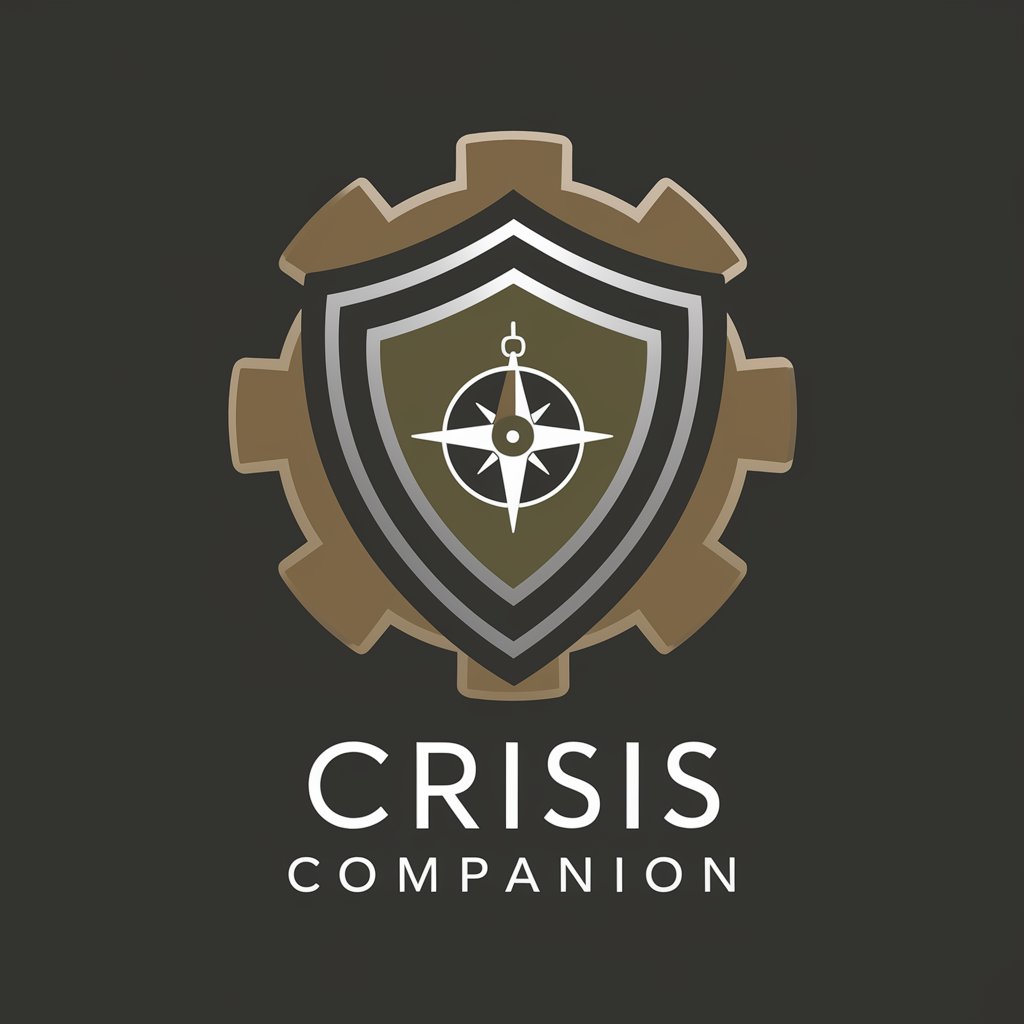
Crisis Companion
Immediate first aid instructions at your fingertips.

Crisis Commander
Navigate crises with AI-powered decision-making

Frequently Asked Questions about Crisis Navigator
What disaster types can Crisis Navigator handle?
Crisis Navigator is equipped to handle a variety of disaster scenarios, including natural disasters like hurricanes and earthquakes, as well as man-made crises such as industrial accidents and terrorism-related emergencies.
How does Crisis Navigator improve communication during a disaster?
The tool integrates with existing communication systems to facilitate seamless information sharing between different agencies and stakeholders involved in disaster response, ensuring everyone is informed and coordinated.
Can Crisis Navigator predict future disasters?
While not primarily a predictive tool, it utilizes historical data and real-time analytics to help users understand potential risks and prepare for likely disaster scenarios.
Is there training available for new users of Crisis Navigator?
Yes, the platform offers tutorials and documentation to help new users understand how to effectively use the tool to manage disaster responses.
Can Crisis Navigator be used for training purposes?
Absolutely, the tool can simulate disaster scenarios for training purposes, allowing teams to practice response strategies in a controlled, virtual environment.




